Table of Contents
When it comes to mountain roads, most road bikes don’t have low enough climbing gears. I see people struggling all the time, grinding away, trying to get over the top of their lowest gears so that their pedalling rate doesn’t drop to catastrophically low turning speeds.
A few months ago I published a piece stating that hills are not harder than cycling on the flat. And it’s true. When you ride up a hill and you’re pushing 150 watts, that is the same 150 watts as when you’re cycling on the flat. The difference is that 150 watts on a climb simply translates into a slower speed due to the effects of gravity. By using a mechanical advantage (low enough gears), you can pedal at the same revolutions per minute AND push the same amount of power into the pedals on most road gradients – check out my piece on how to calculate the steepest hill you can cycle up.
The crankset is a good place to achieve climbing gears. This is because it allows you to use cassettes with less of a jump between the cogs, and because you won’t need to hack and modify too many drivetrain parts. Basically, there’s no funny business here.
With all of these cranksets:
– You can use your existing road derailleurs without exceeding capacity (long cage)
– You won’t need to fit a mountain bike cassette (Shimano Ultegra HG-800 is 11-34t)
– You won’t have to modify the position of your rear derailleur (No RoadLink or long B-Screws)
Let’s take a closer look at the cranksets that offer better road bike climbing gears.
Praxis Sub-Compact Cranksets (48-32t)
Praxis Works has managed to fit sub-compact chainrings (32t instead of 34t) on their current cranksets, despite using the same chainring dimensions as a ‘compact’ crankset (110BCD). These cranks are available in the 30mm axle diameter (BSA, BB86, 386EVO, BB30/PF30) and go for between US $175 and $240.
With my weight, power and preferred cadence, I can technically ride a 7.5% gradient all day long with these ratios (0.5% steeper than a compact crankset).
Crankset: 48-32t
Cassette: 11-34t
Setup Capacity: 39t
Smallest Gear w/ 700×28 Tyres: 25 Gear Inches
Maximum Gradient (90kg/200w/80rpm): 7.5%
FSA Adventure Sub-Compact Cranksets (46-30t)
46-30t or 48-32t.
FSA last year released their adventure ‘sub-compact’ crankset range which is quite popular on stock bikes of all price points. The US $90 FSA Tempo (9-speed, square taper) is the cheapest option, and the range tops out at US $350 for the 617g FSA SL-K carbon crankset (10/11-speed, BB386).
With my weight, power and preferred cadence, I can technically ride a 8.1% gradient all day long with these ratios (1.1% steeper than a compact crankset).
Crankset: 46-30t
Cassette: 11-34t
Setup Capacity: 39t
Smallest Gear w/ 700×28 Tyres: 23 Gear Inches
Maximum Gradient (90kg/200w/80rpm): 8.1%
Middleburn RS8 X-Type Super Compact Cranksets (46-30t)
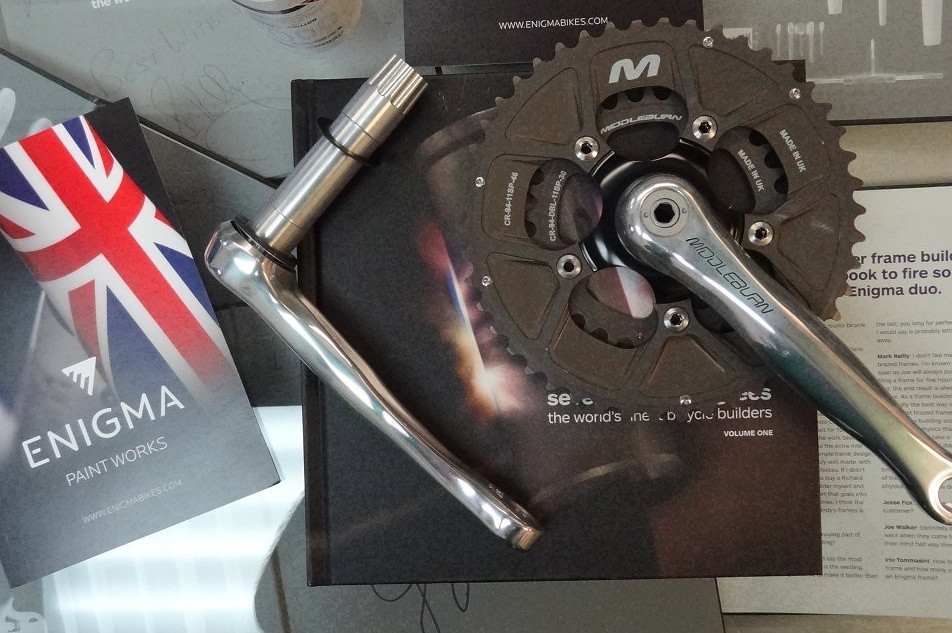
Middleburn makes a 94BCD road “super compact” spider for their RS8 crankset which allows you to run a 46t outer ring and 30t inner ring. This 24mm axle crankset will directly be able to replace any bike currently using a Shimano crankset. You can also use them with adapter cups for BB30 bearings, and they will fit threaded bottom brackets with external bearing cups.
With my weight, power and preferred cadence, I can technically ride a 8.1% gradient all day long with these ratios (1.1% steeper than a compact crankset).
Crankset: 46-30t
Cassette: 11-34t
Setup Capacity: 39t
Smallest Gear w/ 700×28 Tyres: 23 Gear Inches
Maximum Gradient (90kg/200w/80rpm): 8.1%
Engin Cycles Spider + SRAM Road Crankset (46-30t)
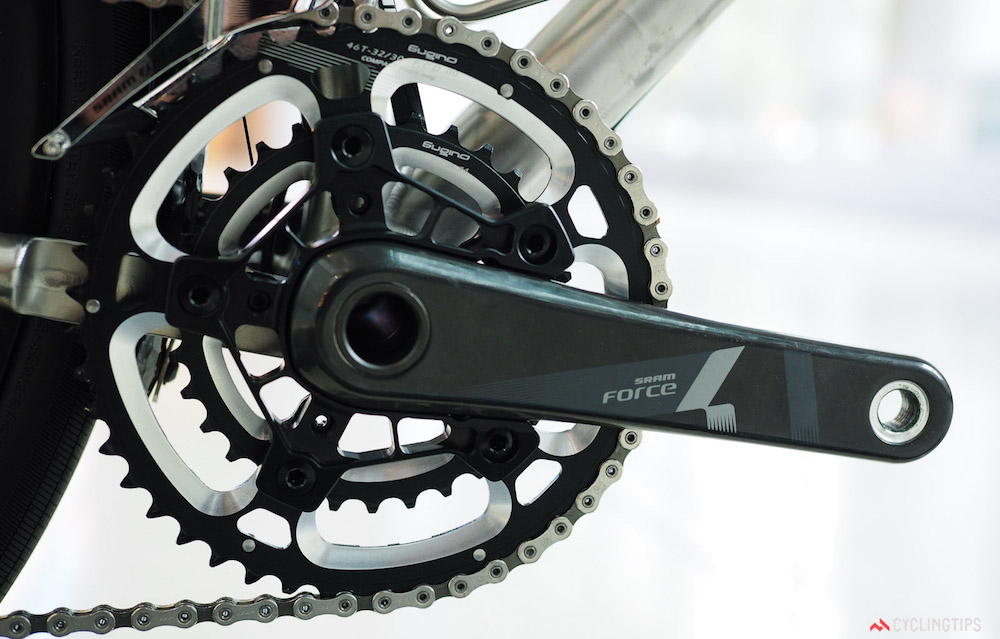
Thanks to the removable spiders on SRAM road cranksets, there is an aftermarket aluminium spider option from Engin Cycles that allows for sub-compact chainrings. The 110/74bcd spider will allow you to fit Sugino 46-30t chainrings (10-11 speed), but if you have 8/9 speed you can fit even smaller inner chainrings (a 42-26t combo, for example).
With my weight, power and preferred cadence, I can technically ride a 8.1% gradient all day long with these ratios (1.1% steeper than a compact crankset).
Crankset: 46-30t
Cassette: 11-34t
Setup Capacity: 39t
Smallest Gear w/ 700×28 Tyres: 23 Gear Inches
Maximum Gradient (90kg/200w/80rpm): 8.1%
Sugino Compact Plus Cranksets (46-30t)

Sugino makes what they call “compact plus” cranksets with 110/74BCD chainring sizes. This setup provides a super small inner climbing gear and a nice low q-factor (145mm width between the pedals). This 24mm axle crankset will directly be able to replace any bike currently using a Shimano crankset (including BB90 press fit). You can also use them with adapter cups for BB30 bearings, and they will fit threaded bottom brackets with external bearing cups. The 26 and 28t inner chainrings are technically designed for 8/9 speed but some riders have had success with these on 10/11 speed drivetrains.
With my weight, power and preferred cadence, I can technically ride a 8.1% gradient all day long with these ratios (1.1% steeper than a compact crankset).
Crankset: 44-26, 44-28, 46-30t
Cassette: 11-34t
Setup Capacity: 39t
Smallest Gear w/ 700×28 Tyres: 23 Gear Inches
Maximum Gradient (90kg/200w/80rpm): 8.1%
Note: a braze-on front derailleur mount may not get the derailleur low enough. Band clamps are ideal.
White Industries VBC Cranksets (40-24t)
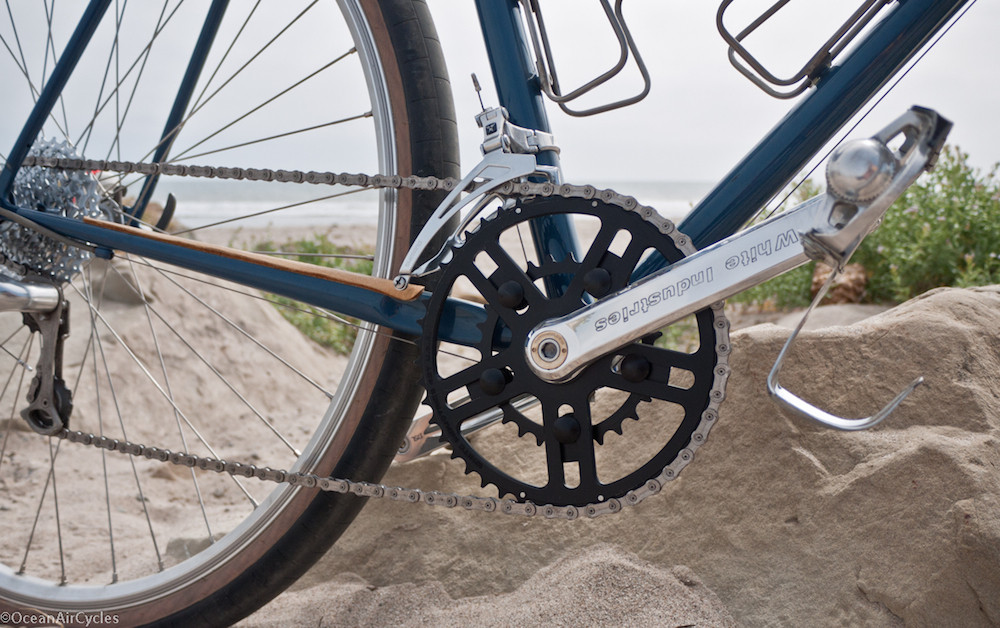
The White Industries VBC cranks have a narrow 150mm q-factor and can operate with a 24 tooth difference between chainrings; although I’d recommend a 16-20 tooth difference so that you don’t exceed the capacity of your road rear derailleur. Inner rings start at 24t and go up in even increments. There is both a BB30/PF30 model and a square taper model for those with threaded bottom brackets.
With my weight, power and preferred cadence, I can technically ride a 10.3% gradient all day long with these ratios (3.3% steeper than a compact crankset).
Crankset: 40-24, 42-26t
Cassette: 11-34t
Setup Capacity: 39t
Smallest Gear w/ 700×28 Tyres: 18.6 Gear Inches
Maximum Gradient (90kg/200w/80rpm): 10.3%
Note: a braze-on front derailleur mount may not get the derailleur low enough. Band clamps are ideal.
Middleburn RO1 Incy Cranksets (36-20t)
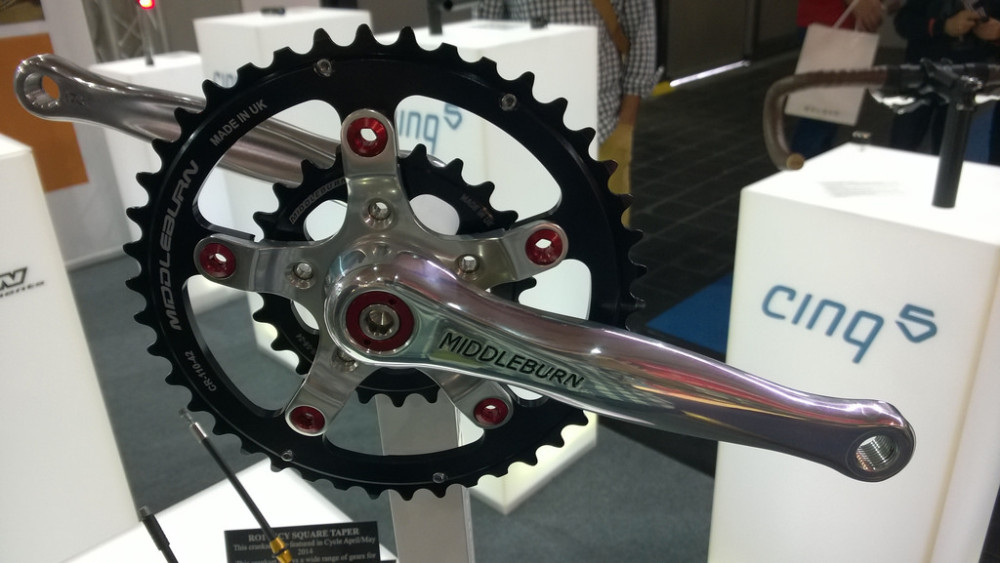
The award for the smallest chainring on a road crankset goes to Middleburn with their 94/58 BCD “Incy” chainring spider (removable). The “Incy” spider offers a small front chainring as low as 20 teeth! That gets your low gear right down to 17 gear inches. The RO1 cranks are for threaded BB bikes only – sorry press-fit crew.
With my weight, power and preferred cadence, I can technically ride a 12.6% gradient all day long with these ratios (5.6% steeper than a compact crankset).
Crankset: 36-20t, 38-22t, 40-24t, 42-26t, 44-28t
Cassette: 11-34t
Setup Capacity: 39t
Smallest Gear w/ 700×28 Tyres: 15.5 Gear Inches
Maximum Gradient (90kg/200w/80rpm): 12.6%
Note: a braze-on front derailleur mount may not get the derailleur low enough. Band clamps are ideal.
For More Drivetrain Options With Climbing Gears Head HERE


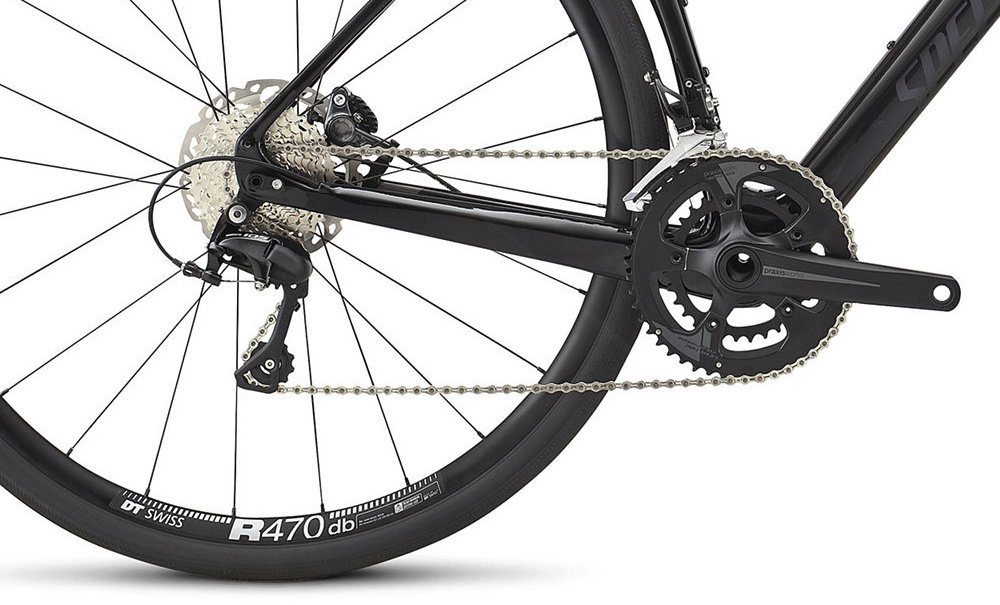
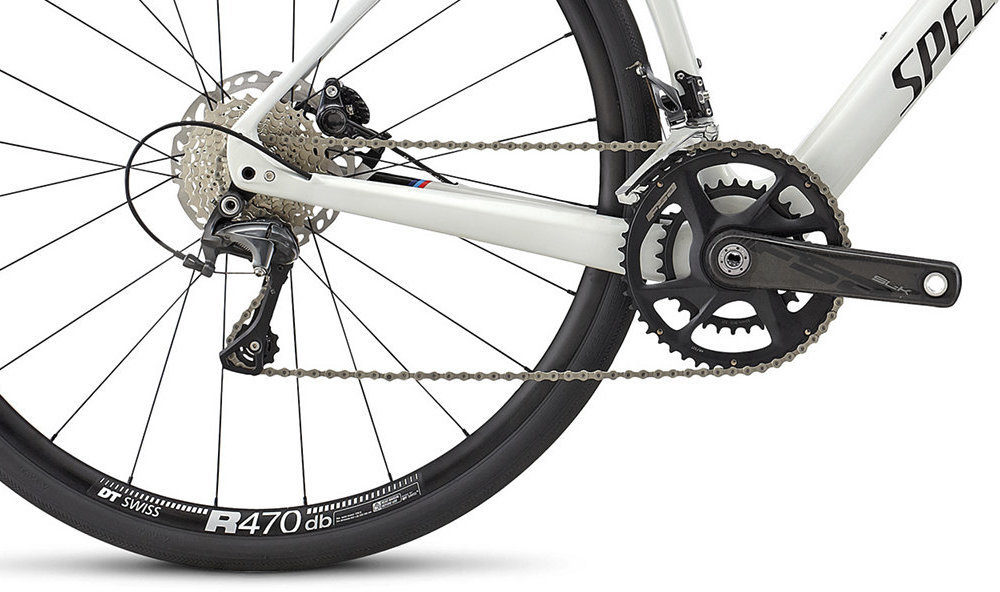
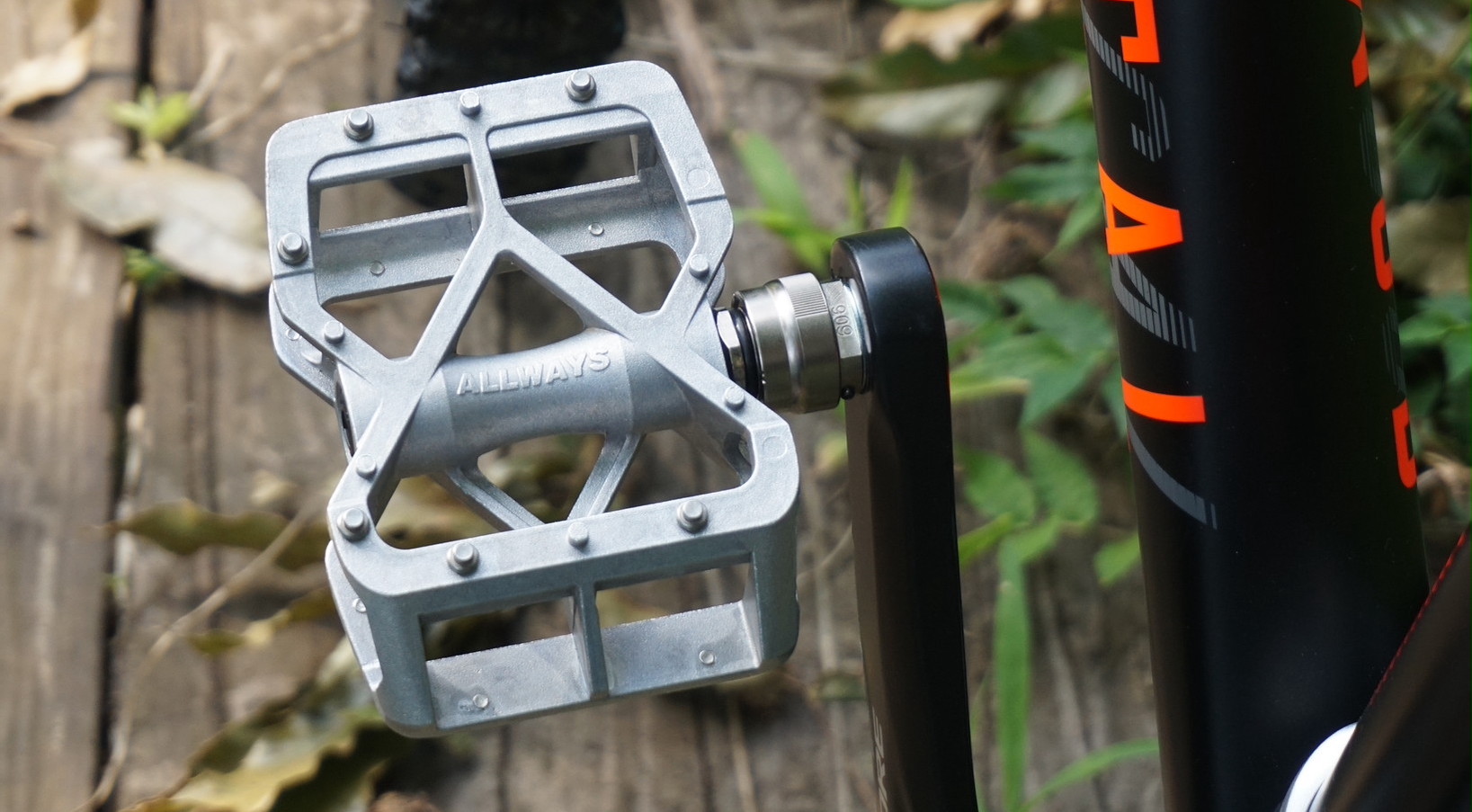
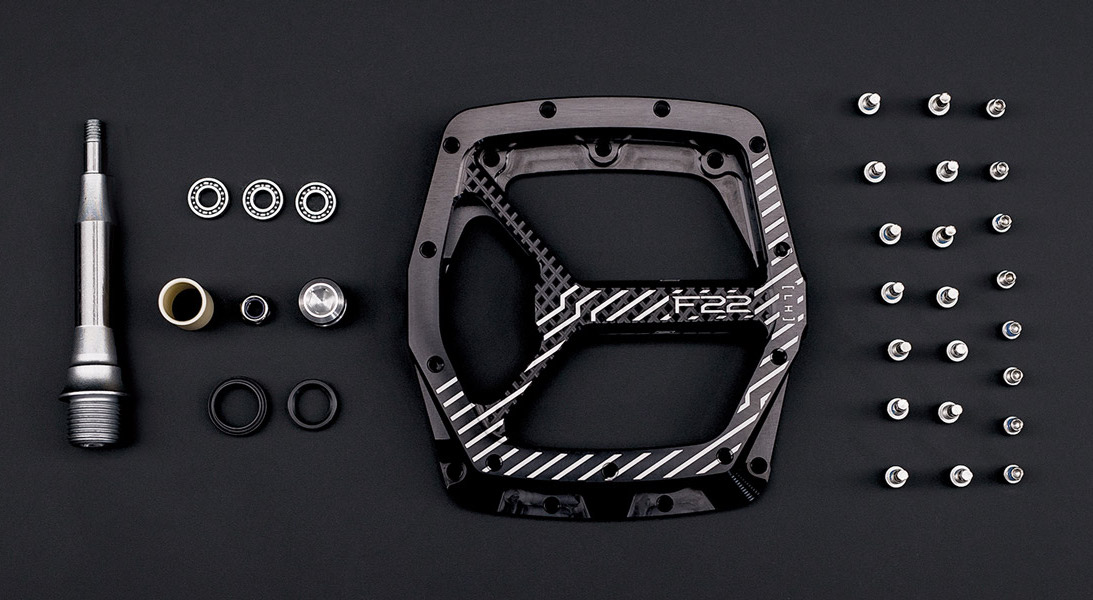
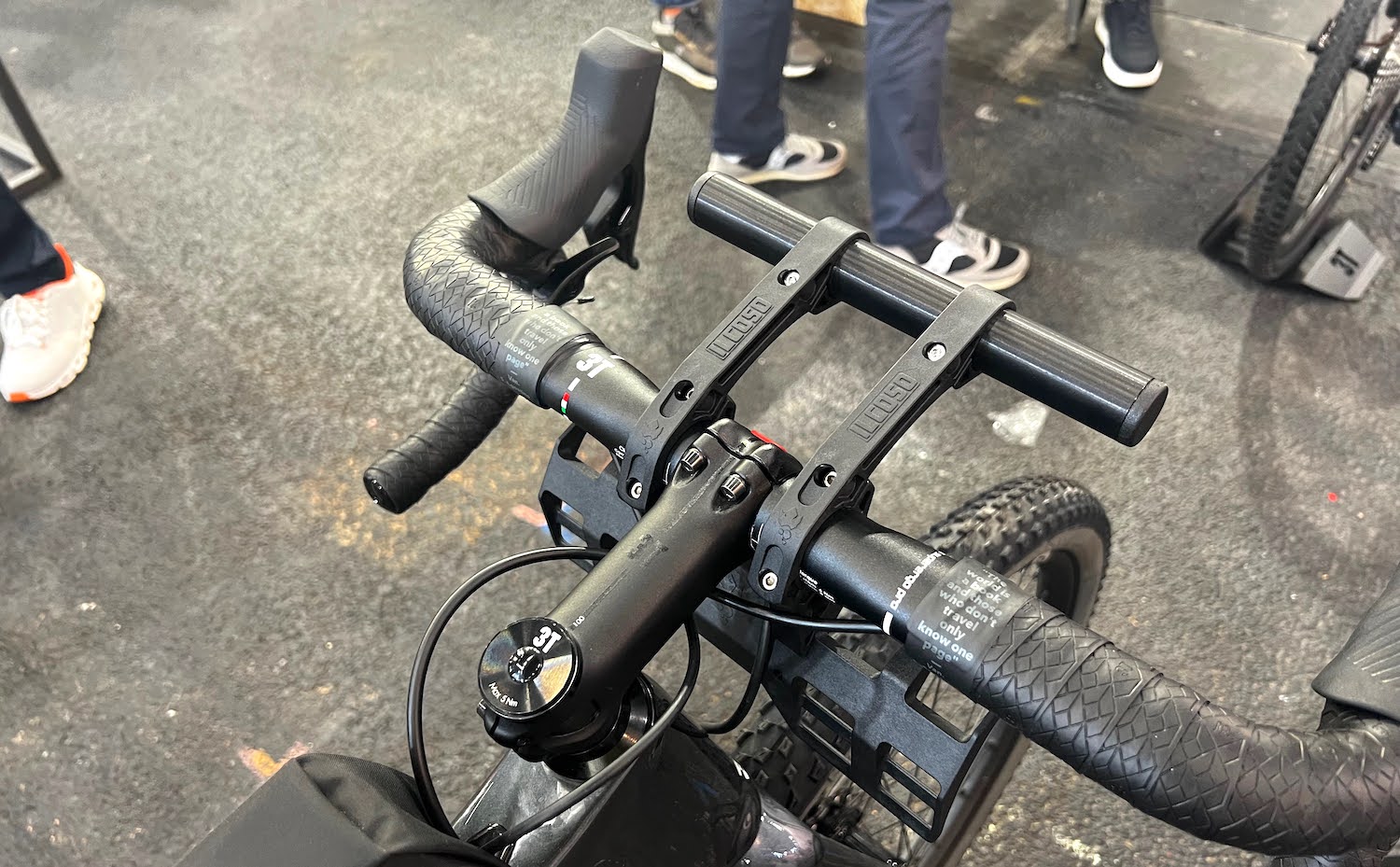

Triple cranksets still exist for road bike (Spécialités TA for example), and a friend of mine managed to use a Spécialités TA Carmina triple (48-36-26) with an Ultegra 6703 front derailleur a 11-speed cassette (11-26) and a XT-8000 rear derailleur, associated with Gevenalle levers. It works perfectly, and it can be used with bigger cassettes (e.g. 11-32) if needed. I still believe that triple cranksets are the best way to get lower gears without having to sacrifice bigger gears. It’s a crying shame that they are getting more and more ignored by Sram, Shimano and others.
The Velo-Orange is a great, traditionally-styled choice. I have put many miles on mine up some steep stuff.
Great article – anything to prevent blowing up. White VBC was a pricey but worthwhile investment.
My fav is deore 36/22. It fits my dura ace stages power meter no probs and the only requirement is a band clamp compatible seat tube.
Trek Emonda ALR and most alloy diverges work with it no probs.
Good options! I went down the path of replacing my SRAM Force22 spider and chainrings with a SRAM MTB spider running 42-28 cos I wanted to retain my nice carbon cranks. Paired with an 11-32 cassette I’ve found it to be a lot more versatile than the standard 46-36 CX rings, and basically a 1x around the city etc.
“I still believe that triple cranksets are the best way to get lower gears without having to sacrifice bigger gears”
This times 100. If only component manufacturers would realise that not everyone in the cycling world follows fashions – some of us actually use a bike for transportation, not sport.
Triples are an easy way to get wide gear ratios, without having to dish the rear wheel hugely. My preference is a triple on the front, 8-speed out back, with thumbshifters. No super-thin chains, or fast-wearing components. But spares are becoming hard to find.
Another +1 for triple cranksets. Bikesnob said once that the bike industry seems to focus lately on creating problems, and then offer expensive options to solve them. Most of the above options, and the 1x drivetrains, follow this rule. Let’s get rid of a triple crankset and 8 speed cassette, and produce a 1x crankset with 12 speed cassette that offers inferior range, increases stress on chain and rear wheel, and costs about 5 times more. Wtf?
For spares, check out German online websites (Kurbelix, Rose, Bike-Components,…). They still stock plenty of 7 and 8 speed components, not out of charity but because consumers keep buying them (and therefore Shimano and others keep producing them).
Worth noting any old 110/74BCD mtn triple can be coverted to a 46/30T 44/28T double using the middle and inner mounting positions. Then simply use BB axle length to dial in chainline. Like so… http://www.spacycles.co.uk/m2b0s109p3383/SPA-CYCLES-TD-2-Super-Compact-Chainset-with-Zicral-Rings
Not for me since I can’t stand the huge gap between those chainrings (46-30 = 44 – 28 = 16, almost 30 % in both cases. Besides, with my triple 48-38-26, if the climbs are not steep, I spend most of the time on the 38T chainring, almost giving me the confort of a single chainring.
That’s a great work-around. Thanks for sharing.
Sugino don’t seem to do anything lower than 30T inner.
While Sugino only make the CP74S 10/11s chainrings down to 30t, many people have been using the ‘Classic Standard’ inner chainrings which are available down to 24t. I generally don’t recommend more than an 18t gap between chainrings, so 44-26t seems to be a decent setup.
Thanks. I’m looking at White Inds. VBC with a 44-26 setup, which I can get from Germany – I’m in the UK. I recently bought a carbon framed bike with the usual compact set up and at 70 I could do with some lower gears. The FD is attached by rivets so these would need to be drilled out and a clamp for braze-on bought. The current set up is Ultegra 6800 with a GS rear cage. The BB is a Shimano press fit BB-RS500-PB. Will this need to be replaced too?
Any thoughts welcome.
Unfortunately, the White Industries R30 crankset only comes in a 30mm axle diameter (rather than the 24mm that your bike uses). You can use adapter cups to step down from 30mm to 24mm, but not the other way around. The best option for you is therefore the Sugino OX901D Compact Plus+. If the existing front derailleur doesn’t work, I’d suggest getting a braze-on Shimano Ultegra 6703 triple. The capacity is 22t instead of 16t, and it’s intended for smaller front chainrings. Not the perfect solution, but it should work fine.
Thanks for your help.
And another vote for a triple. Where I live in Yorkshire it’s really hilly. Both my road bike and commuter have compact cranksets, and the 34 is just about okay on the steepest climbs I do but I’m forever spinning out in the 50. I would enjoy having a lower gear at the front, say 30 or 32, but going up to a 52 or 54 would be excellent.
I didn’t know that bearing size existed. Not sure why they aren’t more common, which makes me question whether durability is a factor.
I’m going to try a new cassette with 36t and see how I get on. I’m told that by adjusting the B screw it’ll work ok, although it’s bit bigger than recommended.
I have always used a triple. With minimal effort and few subsequent hassles, I put a 24 tooth chainwheel on my Ultegra cranksets (52, 39, 30) on 2005 and 2011 Specialized Roubaixs. My low gear is 23 inches (24/28*27). The only drawback is that I loose 4 or 5 gears on the high end of the 24, but those are available on the 39 where I am most of the time, anyway. Shifting to the granny is a bit more problematic, but by making sure the cassette is about four sprockets in before I shift, it shifts pretty well. I also need the granny only ocassionally.
Yes, why do the big manufacturers cater to the Tour de France crowd when there are plenty of folks who need low, low gears? I can think of lots of reasons for lower gears besides hills: hauling a lot of weight, being fat, being lame, being old, overdoing it and needing an easier way home, coming back from an injury, cramping up, and being out of shape.
Totally agree, John. I’m currently waging a war on overgearing by keeping lots of low gear resources on CyclingAbout!
Have equipped my new bike with 11-42 Shimano 11 speed cassette and Sugino OX901D 26/44 crankset. Provides 18 to 108 gear inches with plenty of half steps. Use the 44 most of the time but have the 28 when it gets steep. Works very well. Just as happy to run this as the wide range triple I previously had.
I use the same setup on my Alex Meade randonneur. I have a TA triple on my Woodrup, using bar end shifters and a 7’speed freewheel. The OX gives me a wider, closer gear step without shifting to a smaller chain ring, and has indexed shifting. Both are reasonable choices
What makes up the rest of your drive terrain? Derailleurs? I am doing the Assault on Mt. Mitchell next year and am looking for a climbing drive train.
Newbie question here but can’t you just replace the chain rings on your current cranks with smaller rings?
The bolt circle diameter (BCD) limits the inner ring size on all cranksets. Most cranks already come with the smallest chainrings they can fit.
just what I’ve been looking for, great article.
after some googling I found several more interesting cranksets lower end I guess but don’t know, like IRD Defiant Wide Compact Road Double and Grand Cru 50.4 BCD Crankset MK II, what do you think od these? are they lower end or just cheaper? 🙂
I’m looking for a replacement for my old sugino double 110 which I can not downgrade to anything less than 34, and I REALLY NEED LOWER inner chainring 🙂
If you can fit a square taper bottom bracket into your bike, I can see these cheaper solutions working really well.
I am just rebuilding my road touring bike – love the frame but really wanted to move to disc brakes, so some surgery is required. At the same time I am reworking the gearing somewhat, while trying to reuse as much as possible from the old setup, which was 3×10 based on an Ultegra 52/39/30 triple and and cassette and mostly Shimano 105 elsewhere.
In my “box of bits” I already had a spare 11-speed 11-32 cassette and a spare 11-speed rear derailleur. By just purchasing a Shimano 105 right hand 11 speed dual control lever I have all the makings of moving the bike to 3×11 speed. All reports say that the 10-speed triple crankset works fine with an 11-speed chain. That gives me the gear ratios in the attached picture: https://uploads.disquscdn.com/images/f5a5f1405c981c82b2b5580ffceb33d02553dd1002ce6bd7b338d41bba928e5a.png
I can sit happily on the big ring on level/undulating or downhill terrain with 56”-128” gears, use the middle ring for steeper sections with 38”-88” and on the little ring for even more serious climbs with 25”-62” gears. Perfect for touring. Lower than 25”? It would be quicker to walk! Sorry for using old fashioned gear inches…
Patrick, please let me know if this works out. I have a Ultegra 6700 10 speed triple set up, with a 6603 triple crankset, and I would like to convert to 11 speed triple.
Sure. The frame conversion to support discs and thru axle is taking a little more time than I hoped but I should have the bike up and running in the next six weeks. Drop me a line patrick@keogh.net.au if I don’t get back to you!
I have a 1984 vintage steel road bike with a 28.6 mm OD seat tube and a braze-on for front derailleur with the cable routed from below the rear derailleur. I want to convert the bike to a gravel/commute bike. I want to run a 9-sp cassette (12-27) and a 44-32-22T triple. The shifters will be bar end (front friction, rear indexed). I have a 9-sp Ultegra (or 105) front derailleur that I could use, but those were designed for a 52T ring. Is there a mountain bike front derailleur that fits those small rings better and could clamp on my seat tube underneath the braze-on? Any other solutions? Thanks.
It certainly did work out John. Have a look at the final result at http://cyclingpuglia.blogspot.com.au/2018/02/cycle-surgery-successful.html
Patrick, Beautiful build! So I am guessing you used 6700 crankset, left shifter, and FD, with a 6800 right shifter. What about the RD – 6800GS? What about the chain – 10 speed or 11 speed? What cassette are you running?
No the shifters are 105, so that is 5700/5800 which have almost identical appearance. It is still easy to buy the 5700 triple shifter. The chain and cassette are Ultegra 11 speed.
You’ll want a mountain bike 9-speed triple front derailleur to match your 44-32-22t crankset. Using the friction shifter will permit compatibility. If you can’t find a derailleur with a clamp small enough, you’ll easily source 28.6mm shims on eBay or at your local shop.
I want a 45mm chainline for this road bike frame and triple crank. I’ve read the current mtn bike front derailleurs have a chainline of 50mm and won’t go inboard enough to shift onto a road granny. Can these mtn front derailleur be modified? Perhaps the IRD Alpina-d will work with a 44 (or 42)-32-22? The potential problem with my braze-on is that it may physically be in the way of where the new FD clamp should go. I’m not sure how difficult it is to remove that FD braze-on.
If you’re using a mountain bike triple crankset (44-32-22t), you’ll have a chainline between 47.5-50mm.
I missed the bit about the braze-on clamp. You will likely have to remove it, which is entirely possible. But I’d suggest trying if a MTB front derailleur fits first as they sometimes have a lower clamp position.
The low clamp of some new style mtn bike front derailleurs in nice. Too bad road derailleurs don’t have that option. Is there an inexpensive do-it-yourself way to remove the braze-on? The crank I ordered (hasn’t arrived yet) is square taper and I plan on buying a BB with a spindle length that will yield a 45mm chainline. Second hand info on the crank suggests a 107mm spindle will give a 45.5mm chainline. One of the first things I am going to try is a derailleur braze-on adapter clamp w/ and w/o modification of the attachment hole/slot of the clamp.